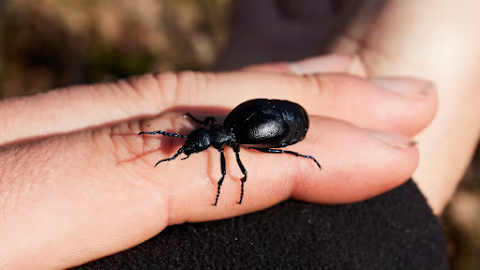Springtime Pet Health Care: Here's What to Do Warmer weather means it's time to take care of your pet's health The arrival of spring mean…
Our worst sin against our fellow man
is not hating people, but indifference.
Environmental Stories with Small Actions
Stories of nature practice together
Pet funeral homes and green technology in the city center, the beginning of a new transformation Envisioning harmony between environment and life The…
Hitching a lift: the cool life cycle of the bee-riding black oil beetle W hen rangers at Kinver Edge in Staffordshire discovered rare black oil bee…
Honey bee colony declines grow as WSU researchers work to fight losses By Scott Weybright College of Agricultural, Human, and Natural Resource Sci…
Honeybee Deaths Are Surging in ‘Alarming’ Numbers: ‘Something Real Bad is Going On’ Honeybees are dying in “alarming” numbers in the United States,…
Washington researchers warn of serious decline in honey bee colonies in 2025 Losses of commercial honey bee colonies are projected to be the highes…
What Happens to Ecosystems When Bees Disappear? Losing bees means more than just having fewer flowers in our gardens – it will result in a chain re…





